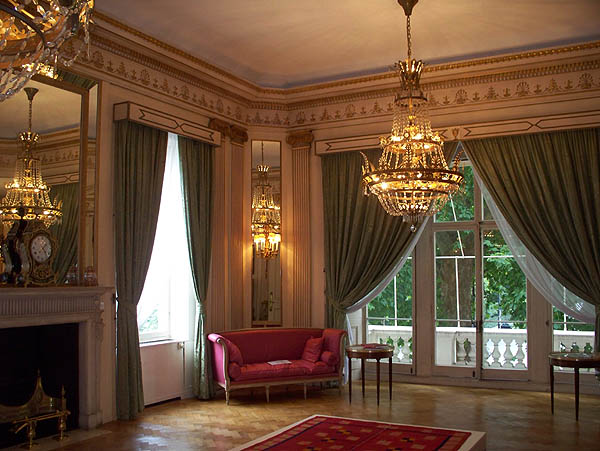 Private
Private
Visited as part of “Open House London.”
An elegant mansion at the north corner of Belgrave Square, speculatively built by Thomas Cubitt in the late 1840’s. It had been the scene of a number of political and cultural events, from the recruitment of nurses by Sidney Herbert for the Crimea, to being a haven for Argentinian volunteers during WWII.
During the Open House London weekend, the Residence had an exhibition of Argentinian textile art, as well as the permanent collection of interesting Eeropean and Argentinian art. The principal rooms are very opulent.


Month: September 2013
26 Whitehall and Admiralty House, London
Private
(Visited as part of “Open House London.”)
26 Whitehall was built in 1725, and houses the Admiralty Boardroom, still used by the First Sea Lord to direct the operations of today,s Royal Navy. The rest of the building is now used by the Department of International Development. The Boardroom contains notable wooden panelling, with a limewood centre-piece by Grindling Gibbons. There is also a wind dial connected to a vane on the roof, and various naval paintings and other artefacts.
The adjoining Admiralty House was built in 1785 as the residence of the First Lord of the Admiralty, and the ground floor contains an elegant suite of staterooms. There is a steep, doubly-wound stair lit by a elegant lunette.
Both buildings contain art and antiques from the MOD Art Collection. Well worth a look.
Not normally open to the public. Internal photography not permitted.
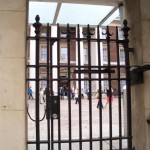
Banqueting House, London
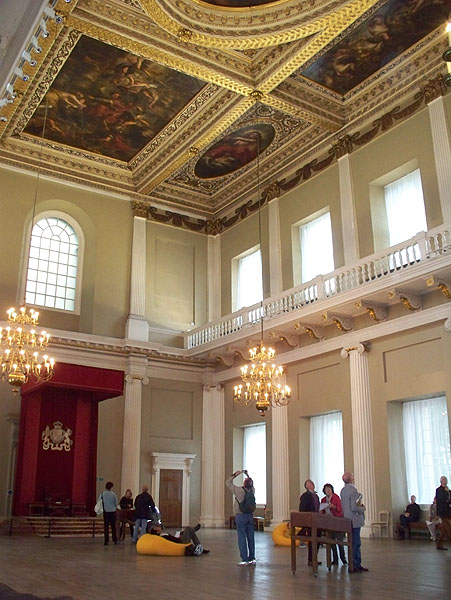 Historic Royal Palaces
Historic Royal Palaces
(Visited as part of “Open House London”)
Banqueting House, Whitehall is one of the first English Palladian style buildings, designed by Inigo Jones for James I and finished in 1622. It was intended for masques, receptions and entertainments, but was less used after the ceiling paintings by Peter Paul Rubens were installed in 1630-4. The smoke from candles during evening receptions had begun to damage the paintings.
The building is probably most famous as the scene of the execution of Charles I. It’s ironic that one of the last things Charles did was to walk under paintings glorifying the divine right of kings.
Regularly open to public -charges apply.
Well worth a look.
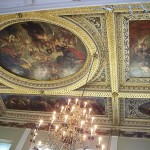
Taplow Court, Bucks
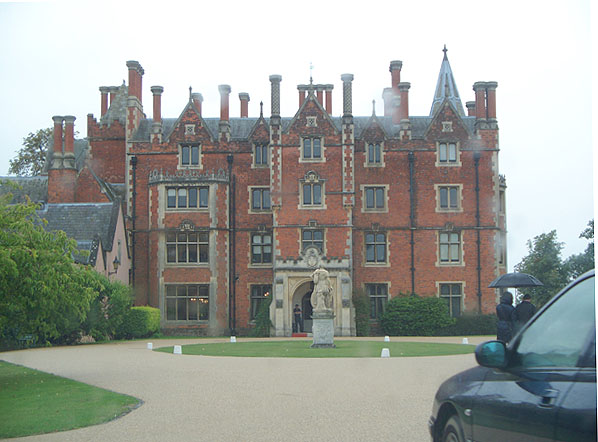 Private.
Private.
Heritage Open Day visit.
Taplow Court is a large Victorian house in the village of Taplow in south Bucks. The present house was originally Jacobean, but arrived at its present appearance by stages of modification and extension, by the Earls of Orkney in the 18th century, then after it was sold in 1852, by the Grenfells. William Grenfell, Lord Desborough, was the organizer of the first Olympic Games in Britain, in 1908.
The focus of the interior is the three-storey Norman Hall, inserted by the Orkney heir, Thomas Hamilton in the 1830’s. The hall doors are beautifully decorated with carved wood panels.
The house is now owned by SGI (Soka Gakkai International Buddhists), who seem to have spent a great deal of money restoring the house and grounds.
The attractive grounds include gardens, and there is an important Saxon burial mound just behind the house.
The house and grounds are worth a visit. They are open free of charge on several Open Days each year.
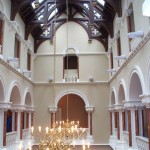
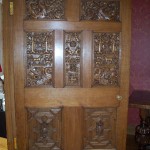
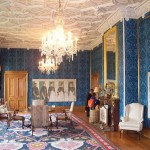
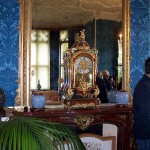
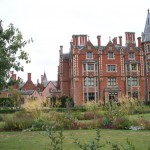
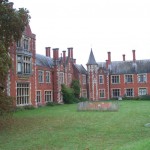
Heritage Open Days & Open House London
Open House London 2013
Get into great architecture for free 21-22 Sept.
Heritage Open Days (England) 2013
Historic buildings opened for free + events 12-15 Sept.
